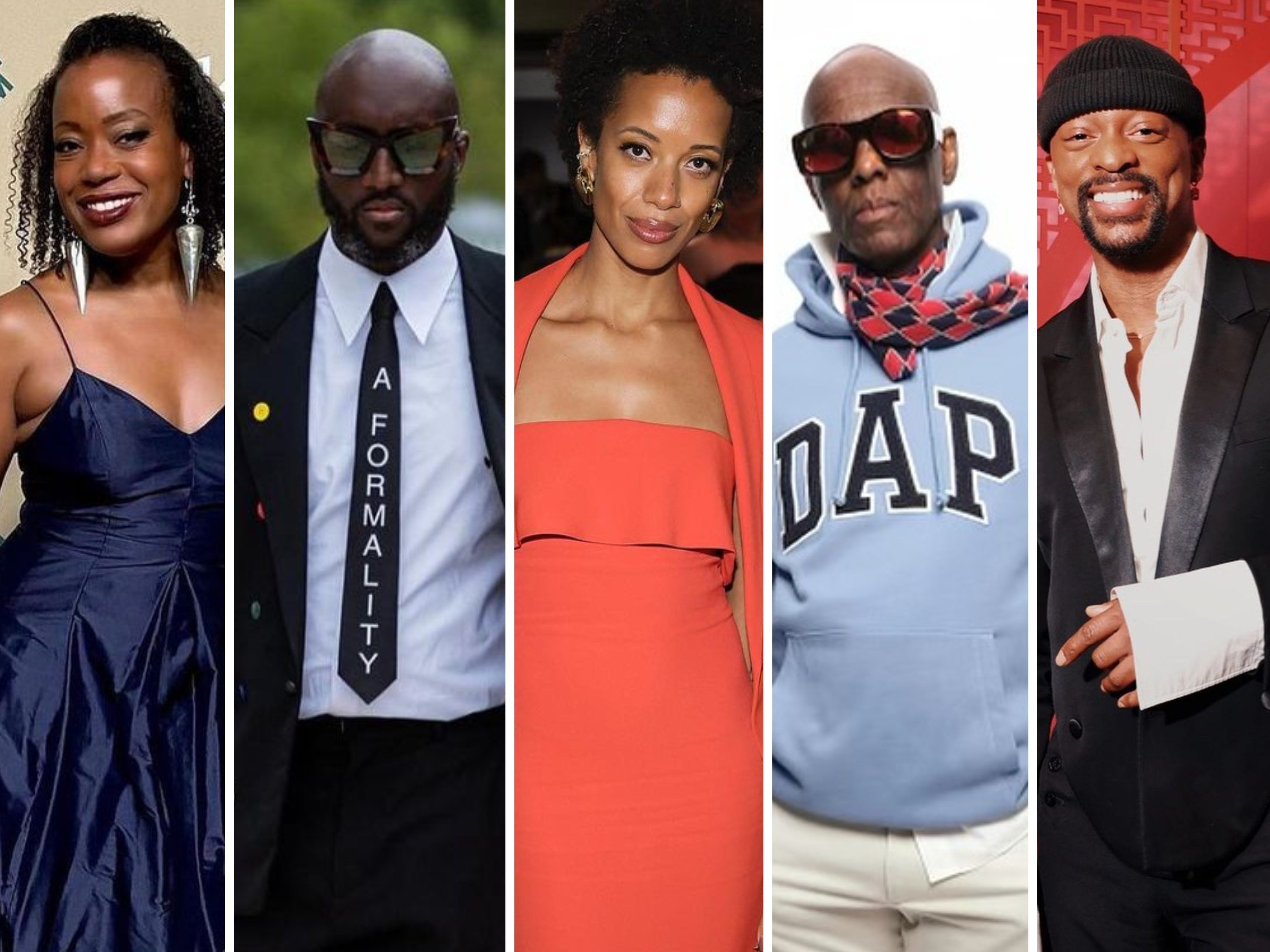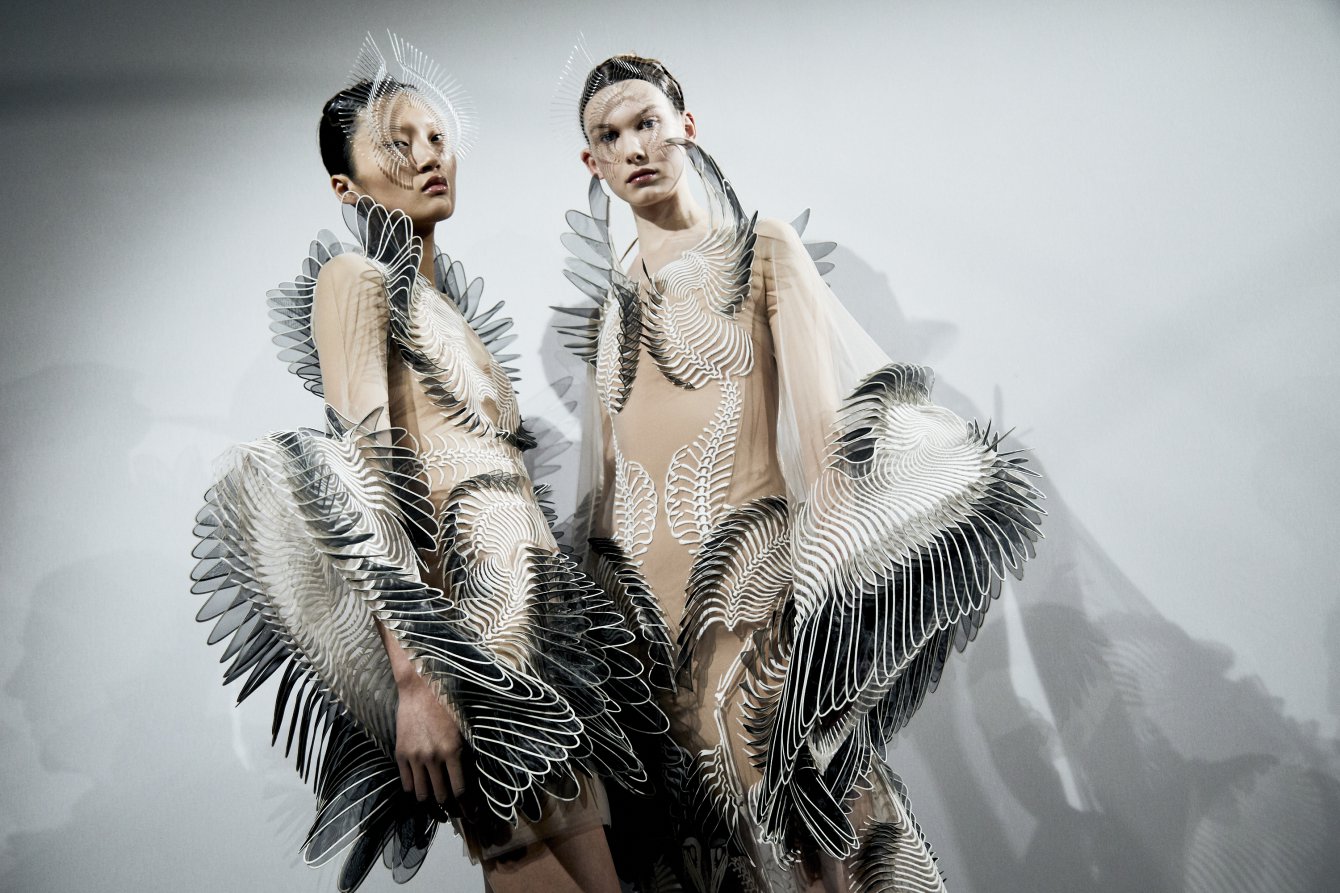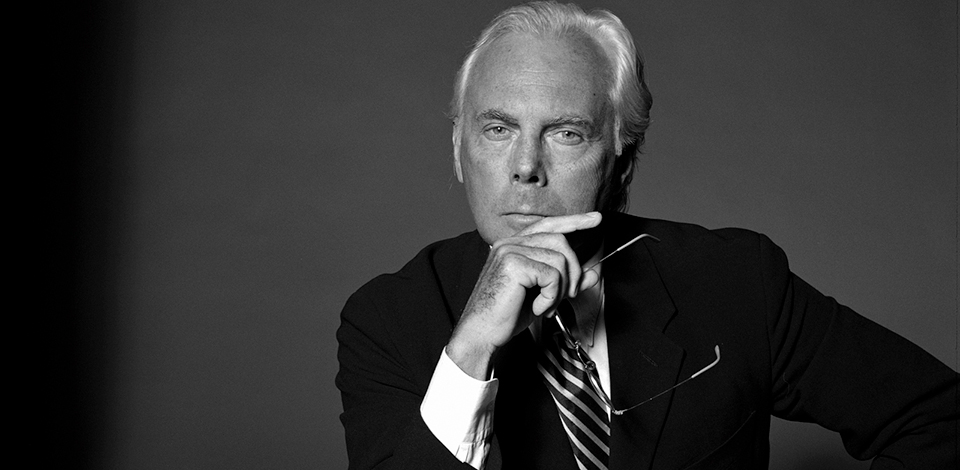Layering 101 for Fall: Fashion Must-Haves Available at Sedgars
Wiki Article
Recognizing the Cultural Impact of Style on Society and Identification
Style works as an effective lens with which culture and identity can be examined. It envelops social narratives, mirroring values and ideas across various ages. As styles advance, they disclose shifts in social characteristics and private expression. The interaction between practice and modernity increases inquiries regarding credibility and impact. What effects does this ongoing change hold for individuality and wider social dialogues? The answers might reveal greater than simply patterns.The Evolution of Fashion Through Background
Throughout background, fashion has frequently offered as a representation of cultural changes and social changes. From the intricate garments of ancient human beings to the streamlined shapes of the contemporary era, the advancement of fashion illustrates the vibrant interplay between looks and social context. The Renaissance marked a growing of creative thinking, with luxurious textiles and detailed styles symbolizing wide range and standing. The Industrial Revolution introduced mass production, equalizing fashion and allowing broader accessibility to trends.In the 20th century, motions such as the Roaring Twenties and the counterculture of the 1960s showcased fashion's capability to test standards and reveal individuality. Each decade brought distinct styles that mirrored prevailing mindsets, from the conservative post-war seek to the strong trial and error of the punk age. This ever-evolving landscape shows that fashion is not merely shallow; it is a substantial lens where to view historic development and societal worths.Fashion as a Reflection of Cultural Identity

Typical Outfit Significance
Typical outfit functions as a vivid expression of social identification, encapsulating the history, values, and ideas of an area. Each garment typically informs an one-of-a-kind story, reflecting the traditions and heritage gave with generations. Patterns, colors, and designs frequently indicate regional distinctions, showcasing the variety within cultural teams. In many cultures, conventional attire plays an essential function in rituals and ceremonies, reinforcing social bonds and cumulative identity. Using such garments fosters a feeling of belonging and satisfaction among people, linking them to their origins. Furthermore, typical outfit frequently stimulates nostalgia, acting as a reminder of social roots amidst globalization. This value highlights the enduring power of style as a medium for social expression and conservation in an ever-evolving world.International Fashion Influences
As societies intermingle in an increasingly globalized world, the impact of varied style trends becomes apparent, showcasing exactly how apparel mirrors social identity. Global fashion serves as a canvas where traditional themes and contemporary styles merge, allowing individuals to express their heritage while embracing modernity (Premium Fashion Sedgars). Developers usually attract ideas from different social histories, causing collections that commemorate variety and foster cross-cultural discussion. Furthermore, social networks magnifies these fads, making it possible for rapid circulation and adjustment of styles worldwide. This dynamic exchange not only influences personal identification however also shapes social assumptions of society. Eventually, global fashion affects emphasize the interconnectedness of societies, illustrating how apparel not just offers aesthetic purposes yet additionally functions as a powerful medium of social expression and identity
The Role of Fashion in Social Standing and Class
Fashion offers as an effective sign of social status and course, commonly showing an individual's financial history. High-end brand names and developer labels are regularly considered as signs of wealth, while fads can dictate social flexibility and impact perceptions of success. Recognizing the connection in between fashion and course uses understanding into broader specific identities and social dynamics.Style and Economic Course
While societal assumptions of economic course remain to develop, the impact of clothes choices in signaling social standing stays substantial. Fashion works as a visible pen of economic course, commonly reflecting one's social aspirations and economic resources. People may pick high-end brand names or high-fashion products to insist their condition, while others might choose thrifted or much less costly clothing to line up with various social identities. Sedgars Designer Fashion. This relationship between style and financial class forms social interactions, influencing exactly how people are regarded by peers and society at large. Moreover, style fads can bolster course distinctions, as access to certain styles typically relies on economic means. Ultimately, clothing choices remain a powerful tool in expressing and steering with the complexities of social classSymbols of Status
Clothes choices frequently serve as overt symbols of status, reflecting not just individual design yet likewise social power structures. Premium brands, extravagant materials, and special styles differentiate individuals within social strata, producing a tangible representation of wealth and privilege. Fashion is imbued with social value, where particular things end up being markers of elite condition, such as designer handbags or bespoke fits. These signs promote a feeling of belonging amongst the wealthy while all at once estranging those outside their socio-economic circles. The presence of these fashion options can strengthen stereotypes and bolster class departments, as people usually evaluate others based upon clothing. Ultimately, fashion serves as an effective tool that shows and imposes social stratification, shaping understandings and identifications within culture.Fads and Social Wheelchair
As societal patterns shift, the role of fashion in facilitating social flexibility becomes significantly evident. Fashion frequently serves as a pen of social condition, influencing perceptions and chances within various social strata. People from lower socioeconomic histories might take advantage of fashion to get acceptance and recognition, utilizing design as a device for status seeking. On the other hand, the expansion of fast style democratizes access to trends, permitting broader engagement in fashion society. The exclusivity of premium brand names can enhance class divisions, developing an intricate landscape where fashion both empowers and constrains. Inevitably, the interaction between fashion and social movement highlights the nuanced connection in between identification, financial standing, and social assumptions, forming just how people navigate their social environments.Style Trends and Societal Activities
Style fads frequently become reflections of societal movements, showing the complicated interplay between culture and personal expression. Throughout history, various trends have encapsulated the spirit of their times, serving as visual markers of social modification. For example, the increase of punk fashion in the 1970s represented rebellion against authority, while the bohemian styles of the 1960s echoed a quest for freedom and individuality.Moreover, movements such as feminism and environmentalism have influenced fashion selections, bring about the appeal of lasting brands and gender-neutral garments. These patterns serve not only to reveal individual identification yet additionally to connect solidarity with broader social causes. As people embrace particular styles, they typically align themselves with the ideas and worths stood for by those patterns, strengthening the connection in between style, culture, and social advocacy. In this means, style comes to be an effective device for both private expression and cumulative identity.The Influence of Globalization on Fashion Choices
Globalization has actually profoundly changed style selections, enabling the smooth exchange of styles and cultural influences across borders. This interconnectedness has caused an abundant tapestry of fashion that blends traditional garments with contemporary layouts from different cultures. Therefore, consumers now have accessibility to a wider variety of options, allowing them to reveal their originality while concurrently embracing worldwide trends.Fashion brand names have likewise adjusted to this globalization, typically including diverse aspects right into their collections to appeal to a worldwide market. In addition, social media platforms have actually played a crucial role in magnifying these impacts, allowing trends to spread quickly and be taken on worldwide.However, this cultural exchange questions regarding credibility and appropriation, as distinct styles might shed their original importance when commodified. Inevitably, globalization has actually improved fashion choices, promoting a vibrant environment where cultural discussion and personal expression coexist, albeit with complexities that call for factor to consider.Sustainable Fashion and Honest Considerations
While the apparel industry has actually long been linked with rapid production and intake, a growing emphasis on sustainability and ethical factors to consider is improving its landscape. Consumers are significantly familiar with the social and environmental repercussions of their clothes options, motivating brand names to embrace even more responsible methods. This change includes utilizing environmentally friendly products, lowering waste with recycling, and ensuring fair labor conditions.Sustainable fashion supporters say that the market's traditional design, defined by rapid style, adds to considerable eco-friendly damage and exploitation. In feedback, many companies are implementing clear supply chains and focusing on honest sourcing.Furthermore, collaborations in between developers and environmental companies highlight the capacity for style to foster positive change. By advertising mindful intake, the activity in the direction Designer Store Sedgars of sustainable fashion motivates customers to review their investing in practices, bring about a more mindful approach to personal style and identification. This advancement symbolizes a defining moment in redefining fashion's role within culture.Personal Design and Individual Expression

Regularly Asked Inquiries
How Does Style Impact Mental Health and Self-confidence?
Fashion significantly influences mental health and self-esteem by shaping individual identification and self-perception. Positive self-expression with clothes can boost confidence, while social stress might cause stress and anxiety and dissatisfaction, impacting total health and self-worth.
What Function Does Social Network Play in Current Style Trends?
Social network functions as a powerful catalyst for current style fads, intensifying exposure and availability. Systems help with prompt sharing of styles, producing rapid shifts in customer preferences and affecting designers to adjust to progressing public preferences.Can Style Promote Inclusivity and Diversity Efficiently?
Style can successfully advertise inclusivity and diversity by showcasing a variety of body identifications, cultures, and types. This approach not just widens depiction however additionally promotes acceptance, making it possible for people to share themselves authentically within the fashion landscape.How Do Gender Standards Impact Fashion Choices Today?
Sex norms significantly shape modern fashion choices, frequently dictating designs considered suitable for different sexes. Premium Fashion Sedgars. This influence can reinforce typical assumptions or challenge them, as people browse personal expression within social restrictions and developing definitions of genderWhat Is the Future of Fashion in a Digital World?
The future of fashion in a digital globe shows up progressively intertwined with technology, as digital truth, artificial knowledge, and on the internet systems shape customer experiences, obstacle conventional retail, and redefine individual expression with innovative layout and sustainable techniques. The Industrial Transformation presented mass manufacturing, democratizing style and enabling more comprehensive access to trends.In the 20th century, activities such as the Roaring Twenties and the counterculture of the 1960s showcased fashion's ability to test norms and share uniqueness. Style commonly serves as a pen of social status, affecting understandings and opportunities within numerous social strata. Conversely, the spreading of quick fashion equalizes accessibility to trends, permitting broader involvement in style culture. The surge of punk fashion in the 1970s represented rebellion against authority, while the bohemian designs of the 1960s resembled a mission for liberty and individuality.Moreover, movements such as feminism and environmentalism have actually affected fashion options, leading to the appeal of lasting brand names and gender-neutral clothing. Furthermore, social media systems have actually amplified diverse depictions of design, enabling people from different histories to showcase their style choices.Report this wiki page